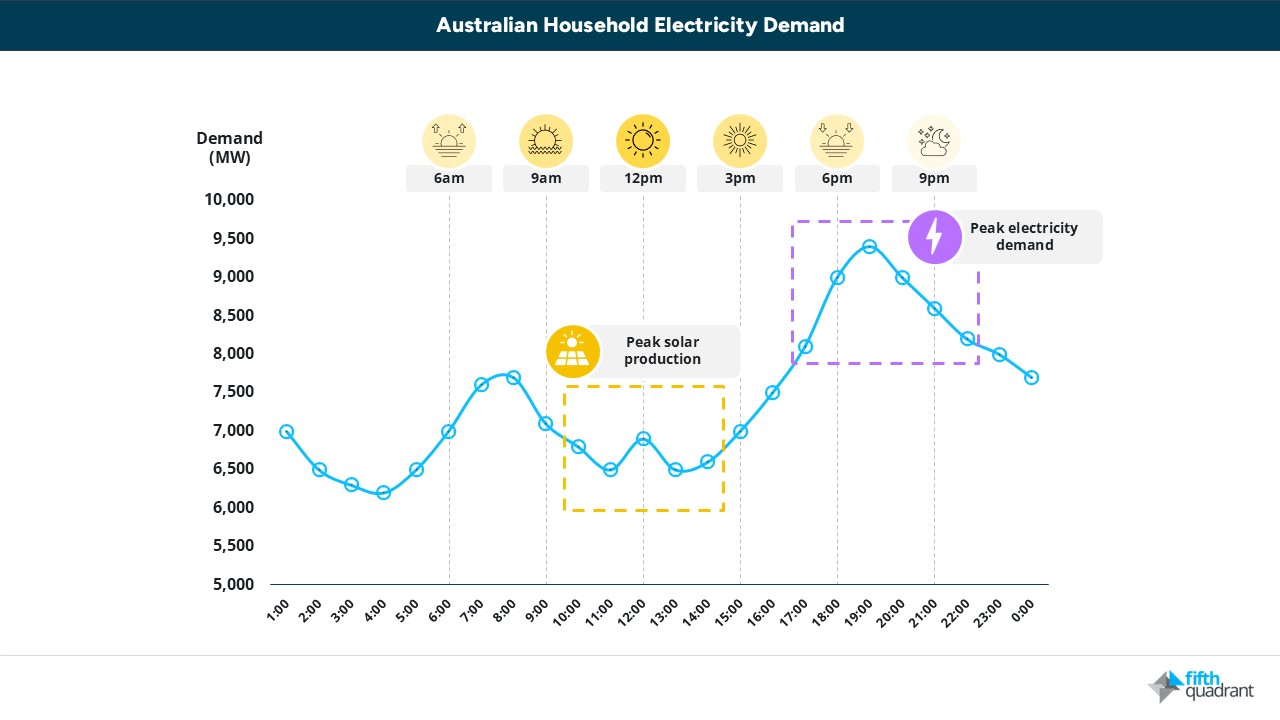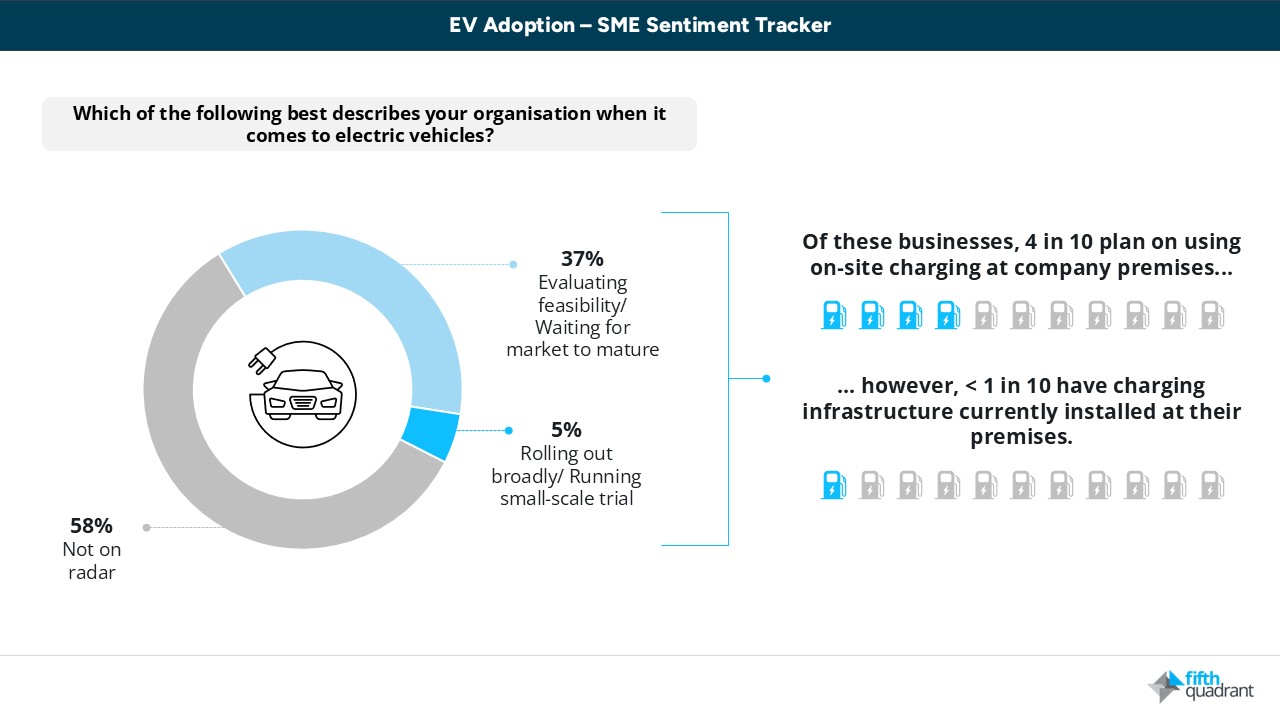Author: Angus McLachlan | Posted On: 25 Sep 2024
As our energy grid becomes increasingly decarbonised, the smooth integration of renewable energy sources with current infrastructure becomes crucial. This month, we saw the share of electricity generated by renewables reach an all-time high of 72%. This is the result of positive shifts in both consumer behaviour and government policy. Consumers are now contributing to energy supply through the proliferation of rooftop solar, while state governments have established specific Renewable Energy Zones (REZs). Both are crucial for the path to net zero, however, certain teething issues persist:
- Grid Inertia: Fluctuations in demand that renewable energy sources find difficult to meet.
- Surplus supply of rooftop solar: We’ve seen a rapid rise in rooftop solar over the last four years, with 7000 PV systems now installed in NSW per month. While this is a positive step to decarbonising the grid, peak periods of solar generation are inverse to consumer demand. This can lead to negative pricing, reflecting the challenges of integrating large amounts of intermittent renewable energy into the grid without corresponding improvements in storage and demand flexibility.
- EVs and traditional consumer behaviour: Traditional consumer behaviour would dictate that most EV owners wish to charge their vehicles during periods of peak energy demand. While EVs are part of the decarbonisation solution, timed charging and workplace charging infrastructure can ensure they don’t also become a problem for grid stability.
While these issues pose substantial challenges to grid stability, innovation in areas such as battery storage, flexible loads, and smart grids hold the remedy.
Grid inertia – Supporting fluctuations in demand
Grid inertia plays a critical role in supporting fluctuations in energy demand, particularly in a grid transitioning to renewable sources. Primary renewable energy sources, such as wind and solar, inherently lack the physical inertia that traditional sources provide. This creates a pressing need for firming solutions, such as battery storage systems, that can imbue renewables with the necessary inertia to maintain grid stability. The challenge therefore lies in balancing the transition to a decarbonised grid while still ensuring a consistent and stable energy supply.
Energy storage systems for pumped hydro, geothermal, and green hydrogen have the potential to provide a decarbonised grid with an adequate level of inertia. The creation and storage of green hydrogen is of particular interest in the global steel industry for its role in the Direct Reduced Iron-Electric Arc Furnace pathway. Battery energy storage systems (BESS) are currently being installed across REZ developments to provide much-needed grid inertia.
Roof top solar – Inverse to consumer demand
Rooftop solar installations have become an important piece of Australia’s energy puzzle, constituting 11.2% of Australia’s electricity supply. This rise in solar production has created an inverse relationship with consumer demand, leading to periods of minimum demand where the grid struggles to maintain stability due to excessive supply.

Source: Australian Energy Market Operator
To address this imbalance, there is a growing need to shift consumer demand patterns, such as promoting electric vehicle (EV) charging during daylight hours and increasing commercial energy loads during the day.
The role of EVs
The increasing prevalence of EVs presents new challenges in managing traditional consumer energy demand. As published in our VFACTS year in review, EV sales jumped by 161% in 2023, with 7% of the market now electric. In a society with a significant number of EVs, the natural tendency is for consumers to charge their vehicles in the evening, leading to substantial spikes in electricity demand during peak periods.
As EV ownership increases, managing this demand will become crucial. Some potential solutions include the utilisation of home batteries (which, when paired with rooftop solar, can help mitigate the daytime surplus of solar energy), implementing timed charging schedules, and improving EV charging infrastructure in the workplace.
As we discovered in the Fifth Quadrant SME Sentiment Tracker, 37% of SMEs are evaluating EV feasibility or waiting for the market to mature, while 5% are either trialling or already using EVs broadly across their business. Of these SMEs, 4 in 10 say they’re likely to use on-site charging at company premises. However, less than 1 in 10 have charging infrastructure currently installed. Evidently, businesses need to be better incentivised to install charging infrastructure as a means of increasing energy demand during daylight hours.

Source: Fifth Quadrant SME Sentiment Tracker
looking ahead
The energy market is evolving into a two-sided market, where demand not only follows supply but also increasingly contributes to it. This shift complicates the predictability of consumer habits and introduces several operational challenges. Technology offers potential solutions, such as firming renewable energy with pumped hydro, geothermal, and green hydrogen. Large-scale infrastructure projects such as Renewable Energy Zones (REZs) will play a critical role in not just our path to net zero, but also the stability of our grid. Beyond the role of government, commercial real estate should also play a substantial role through improved EV charging infrastructure. This will not only alleviate spikes in demand during peak periods, but also better utilise the surplus energy generated by rooftop solar during periods of lower energy demand.
Keep up to date with the latest research from Fifth Quadrant here. For any questions or inquiries, feel free to contact us here.
Posted in Uncategorized, Energy Transition, QN

